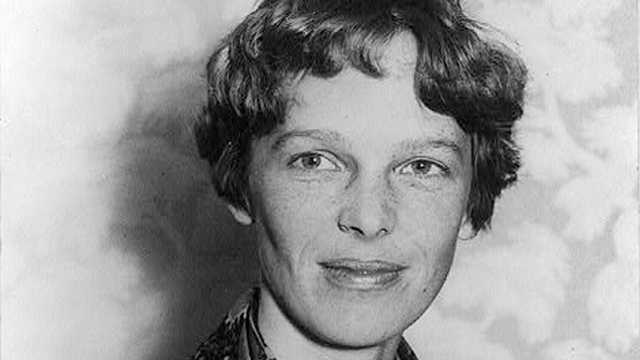The Assassination of President John F. Kennedy
On November 22, 1963, a tragic and defining moment in American history occurred as President John F. Kennedy was assassinated while riding in a motorcade through the streets of Dallas, Texas. The assassination shocked the nation and the world, leaving an indelible mark on the collective consciousness of a generation. It also set in motion a period of mourning and political uncertainty, as well as an investigation that would raise questions and theories that persist to this day.
The Events of November 22, 1963
On that fateful day, President Kennedy was in Dallas to promote his 1964 re-election campaign and to rally support for his administration’s policies in Texas. Accompanied by First Lady Jacqueline Kennedy, Texas Governor John Connally, and his wife Nellie, the Kennedys were traveling in a motorcade through downtown Dallas. The route took them through Dealey Plaza, where they were met by crowds of well-wishers and supporters. The atmosphere was festive, and the president waved to the crowd as his car slowly made its way along the route.
At approximately 12:30 PM, as the motorcade passed the Texas School Book Depository, shots rang out. President Kennedy was struck by two bullets, one in the upper back and one in the head. He slumped forward in the car, mortally wounded. Governor Connally, who was sitting in the front seat, was also hit but survived the attack.
The motorcade sped to Parkland Memorial Hospital, where efforts to save the president’s life were unsuccessful. At 1:00 PM, President John F. Kennedy was pronounced dead. His passing marked the end of a presidency that had captivated the American public and was full of promise, particularly in areas of civil rights, space exploration, and the Cold War.
The Immediate Aftermath
Vice President Lyndon B. Johnson, who was also in the motorcade, was rushed to safety and then taken to Air Force One at Dallas Love Field Airport. At 2:38 PM, Air Force One took off, carrying the newly sworn-in President Johnson back to Washington, D.C. President Kennedy’s body was flown with him, marking a swift transition of power.
The nation went into mourning, and the world watched in disbelief as the tragic news spread. For many, it was an unfathomable event, as the young and charismatic president seemed to have a bright future ahead. News outlets and television broadcasts were consumed with updates and coverage of the assassination, the investigation, and the nation’s reaction to the loss of its leader.
The Investigation and Legacy
Shortly after the shooting, Lee Harvey Oswald was arrested as a suspect in the assassination. Oswald, a former Marine who had lived in the Soviet Union and had ties to pro-communist groups, was charged with the murder of President Kennedy. On November 24, 1963, just two days after the assassination, Oswald was shot and killed by nightclub owner Jack Ruby while in police custody, leading to even more speculation and conspiracy theories about the assassination.
The Warren Commission, established by President Johnson to investigate the assassination, concluded that Oswald acted alone in killing President Kennedy. However, the findings have been controversial, and numerous conspiracy theories have emerged over the decades, suggesting possible involvement by various groups, including the CIA, the mafia, and other political factions.
Despite the lingering doubts and unanswered questions, Kennedy’s assassination marked a turning point in American history, leading to a national period of grief and reflection. It also led to significant changes in security protocols for public figures and marked the beginning of the end of an era of perceived innocence in American politics.
The Lasting Impact
The assassination of President John F. Kennedy changed the course of U.S. history in profound ways. It left a lasting emotional impact on the American people, many of whom still remember where they were when they first heard the news of his death. His presidency, though tragically cut short, remains a period of great historical significance. Kennedy’s vision for a “New Frontier” included ambitious goals such as civil rights advancements, space exploration, and the fight against poverty, all of which continued to shape the nation in the years following his death.
Kennedy’s legacy has been immortalized in numerous ways, from the Kennedy Space Center in Florida to the John F. Kennedy Presidential Library and Museum in Boston. His vision for America, captured in his speeches and policies, continues to inspire generations. His legacy is often defined by his call for public service, peace, and the importance of standing up for freedom in the face of adversity.
Conclusion
November 22, 1963, remains one of the darkest days in American history. The assassination of President John F. Kennedy left the nation in shock and grief, and the ripple effects of his death were felt across the globe. Despite the unanswered questions and theories surrounding his assassination, Kennedy’s impact on American society, culture, and politics continues to endure. His death marked the end of an era, but his ideals and vision live on, reminding us of the power of leadership and the enduring quest for justice and progress.







What do you think?
Show comments / Leave a comment